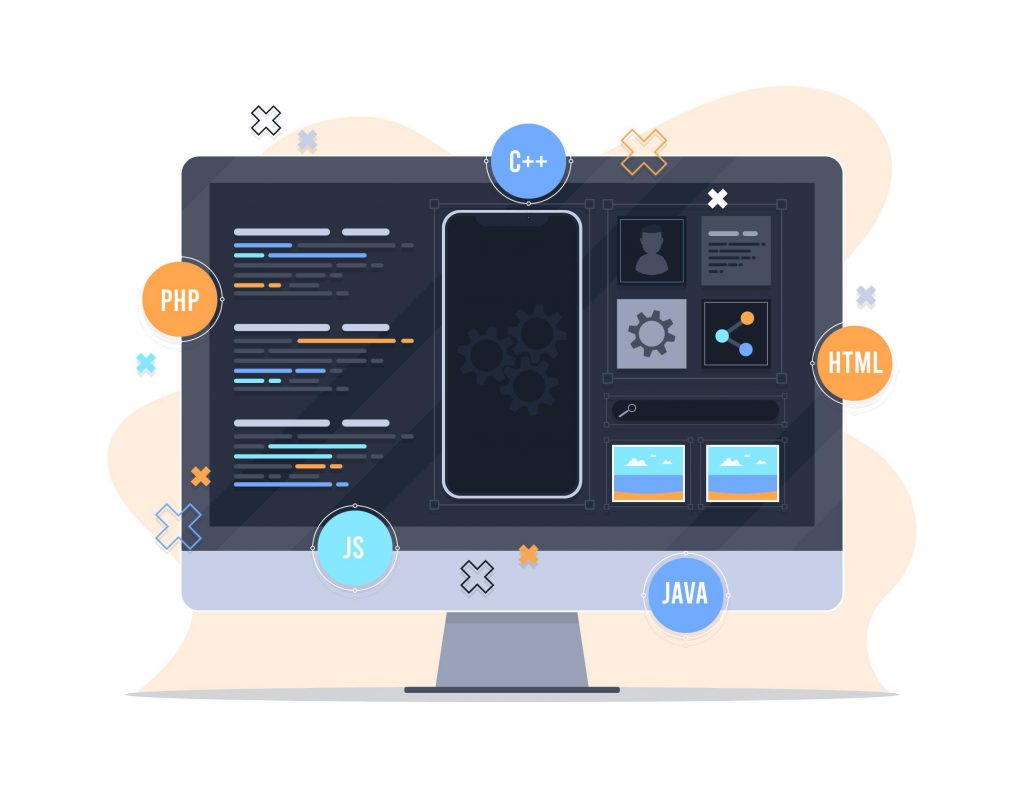Introduction
Kali Linux is a Debian-based Linux distribution that has gained immense popularity in the cybersecurity community due to its powerful tools and utilities for penetration testing, digital forensics, and ethical hacking. Developed and maintained by Offensive Security, Kali Linux provides a robust platform for professionals and enthusiasts to enhance their security skills and conduct comprehensive assessments of their systems. In this detailed blog post, we will delve into the essential aspects of Kali Linux, guiding beginners through its installation, key features, and some common tools.
Why Choose Kali Linux?

Kali Linux stands out as the go-to choice for cybersecurity professionals and ethical hackers for several reasons:
- Extensive Toolset: Kali Linux comes pre-installed with over 600 security-related tools, making it a comprehensive arsenal for various security assessments and testing.
- Regular Updates: The development team frequently updates Kali Linux to ensure users have the latest security patches and tool updates, keeping the distribution current and secure.
- Community and Support: Kali Linux boasts an active and supportive community that provides assistance, tutorials, and insights into using the distribution effectively.
- Customizability: Users can customize Kali Linux to their specific needs and preferences, adding or removing tools as required.
- Ethical Use: Kali Linux emphasizes ethical hacking and responsible use of its tools, making it an excellent choice for professionals and enthusiasts seeking to enhance their cybersecurity skills.
Installation of kali linux
To get started with Kali Linux, you first need to install it on your system. Offensive Security provides multiple installation options to cater to different user preferences:
- Virtual Machine: Installing Kali Linux as a virtual machine using software like VirtualBox or VMWare allows you to run it alongside your primary operating system without affecting your host system.
- Dual-Boot: If you want to dedicate a portion of your hard drive to Kali Linux, you can choose to dual-boot it with your existing operating system. This method enables you to switch between systems during boot-up.
- Dedicated Hardware: For advanced users or professionals seeking a dedicated Kali Linux environment, installing it on separate hardware is a viable option.
The official Kali Linux website provides detailed installation guides for each of these methods, ensuring a smooth and hassle-free installation process.
Getting Familiar with the Kali Linux Interface

Once you have Kali Linux installed, it’s essential to become familiar with its user interface. Kali Linux uses the GNOME desktop environment by default, which offers a clean and user-friendly interface. Here are some key elements you should explore:
- Application Menu: The application menu houses all the installed tools and utilities categorized into different sections, such as Information Gathering, Vulnerability Analysis, Exploitation Tools, and more. Familiarize yourself with these categories to locate the tools you need efficiently.
- System Settings: Take some time to explore the system settings to configure preferences related to display, network, sound, and other essential options.
- Taskbar: The taskbar provides quick access to essential system information, such as network status, sound volume, and time.
- Terminal: Kali Linux emphasizes the use of the command line interface. The terminal is a powerful tool that allows you to execute commands efficiently and perform various tasks. Spend time learning basic Linux commands to navigate and interact with the system effectively.
Updating Kali Linux
Once you have your Kali Linux system up and running, it’s vital to keep it updated to ensure you have the latest security patches and tool enhancements. Updating Kali Linux is a straightforward process using the Advanced Package Tool (APT). Open a terminal and run the following commands:
sudo apt update
sudo apt upgradeThe first command (sudo apt update) refreshes the package lists from the repositories, while the second command (sudo apt upgrade) installs the latest versions of the packages on your system.
Exploring Essential Tools in Kali Linux
Kali Linux’s extensive toolset is a significant reason for its popularity in the cybersecurity community. Here are some essential tools you should explore:
- Nmap: A powerful network scanner used for network discovery, security auditing, and vulnerability scanning.
- Metasploit Framework: An essential tool for penetration testers, Metasploit Framework is a platform that allows you to develop, test, and execute exploits against vulnerable targets.
- Wireshark: This network protocol analyzer captures and analyzes packets, making it invaluable for network troubleshooting and security analysis.
- Burp Suite: Burp Suite is a comprehensive web application security testing platform, featuring a range of tools for web vulnerability scanning and testing.
- Aircrack-ng: Aircrack-ng is a set of tools used for auditing wireless networks, enabling users to assess the security of Wi-Fi networks.
- Hashcat: This tool is used for recovering passwords from hashes using various attack methods, including brute-force and dictionary attacks.
These tools provide a glimpse into the capabilities of Kali Linux and its potential in various cybersecurity scenarios. However, remember to use these tools responsibly and ethically, adhering to the legal guidelines and obtaining proper authorization before performing security assessments on systems you don’t own.
Tapping into the Kali Linux Community
The Kali Linux community is a valuable resource for beginners and experienced users alike. Online forums, blogs, and tutorials provide a wealth of information and solutions to common challenges faced by users. Some essential resources include:
- Official Kali Linux Documentation: The official Kali Linux documentation covers various aspects of the distribution, installation guides, and detailed explanations of tools.
- Reddit’s r/Kalilinux: This subreddit is an active community of Kali Linux enthusiasts who share their experiences, knowledge, and ask questions.
- Kali Linux Forums: The official Kali Linux forums are a hub for discussions, announcements, and community support.
- Stack Exchange: Websites like Stack Exchange have active communities answering questions related to Kali Linux and cybersecurity.

Conclusion
Kali Linux is an indispensable tool for professionals and enthusiasts seeking to venture into the world of cybersecurity, penetration testing, and ethical hacking. Its extensive toolset, regular updates, and supportive community make it a top choice for security enthusiasts worldwide. In this beginner’s technical study, we have explored the installation process, the user interface, updating the system, and essential tools available in Kali Linux.
As you begin your journey with Kali Linux, always remember the importance of ethical hacking and responsible use of your skills. Respect the laws and regulations governing cybersecurity assessments, seek proper authorization, and avoid using the tools for malicious purposes.
With dedication, continuous learning, and engagement with the Kali Linux community, you can build a solid foundation and become proficient in using this powerful distribution to enhance your cybersecurity skills.
Happy hacking and exploring with Kali Linux!

